Feast your eyes on handspun nettle bags and silk mekhlas created by Naga women weavers at a Christmas crafts fair

For a second, we feel like we’ve dropped in at a factory when we spot neat stacks of cushion covers, table runners, mats, sling bags and shawls soaking in the warm glow of lights at the ARTISANS’ gallery in Kala Ghoda. Each cushion cover in a set is of the same size with matching indigo dyes. If we were to hold a ruler across the tassles stitched on sling bags, we doubt we’d find a thread out of place. The triangular motifs dotting red, maroon and black shawls look like they’ve been stenciled in. It’s not the machines that have churned out these products. They have been deftly handwoven by women in Nagaland, often during time squeezed between their household chores within the comforts of their home.
Starting today, the products will be part of the gallery’s annual handmade gifts Christmas bazaar. Celebrating the culturally rich state and its exceptional weaving communities, the team has brought down four non-profits from Nagaland -- Leshemi Origins, Chizami Weaves, Orchid Petal and Woven Threads.
ADVERTISEMENT
Till November 13, 10 am to 7 pm
At Artisans', Dr VB Gandhi Marg, Rhythm House Lane, Kala Ghoda.
Call 9820145397
A runner for your table
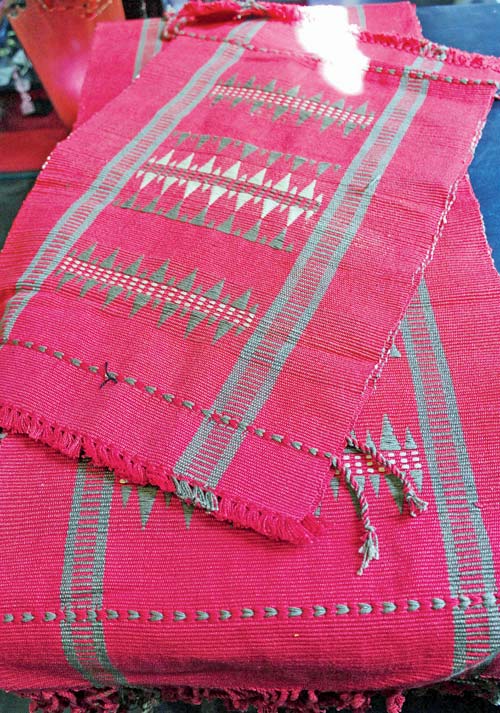
Over 500 women from the age of 15 to 70 across the 12 villages of Phek district in Nagaland are involved in creating home furnishing items including cushion covers, table runners and mats, bags, belts and shawls for Chizami Weaves.
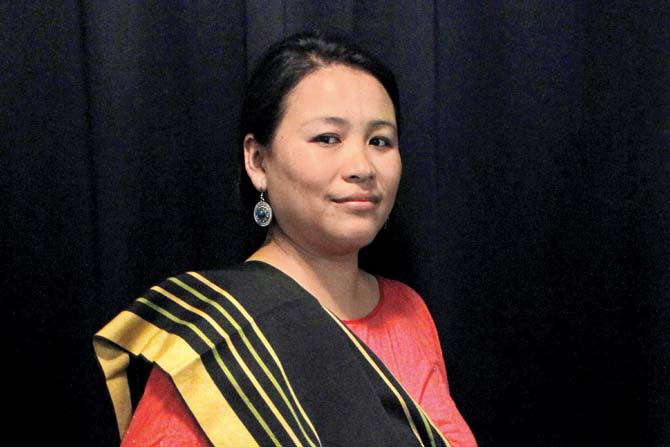
It is a livelihood project initiated by North East Network (NEN) to ensure a sustainable livelihood for economically marginalised women. They weave on the loin-loom a.k.a the back-strap loom, said to be the oldest loom adopted by humans. It was traditionally used by the Chakhesang Nagas and other tribes of the Northeast. The portable loom derives its name from the strap pulled around a weaver’s back that holds the whole structure of the loom. “You’ll find a few sets of looms in every household. It can be assembled quickly since it includes only sticks,” shares 32-year-old Neitshope-U Thopi, associated with Chizami Weaves since its inception. The label also stocks at a couple of stores in Bengaluru, Delhi and Mumbai, at ARTISANS’ and CSMVS’s museum shop.
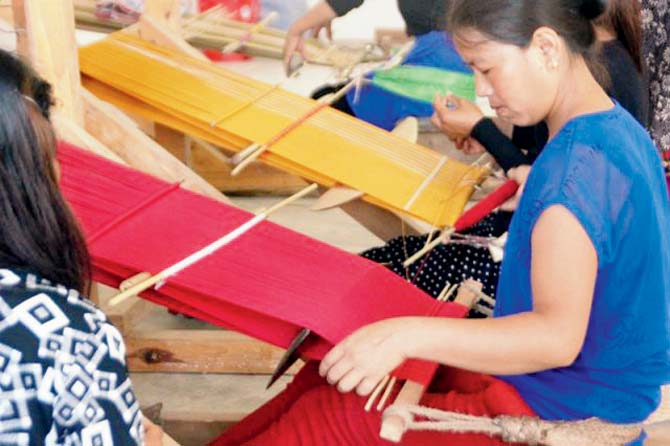
Cost '1,150 (table runners), 2,600 (table mats)
Mad over mekhlas
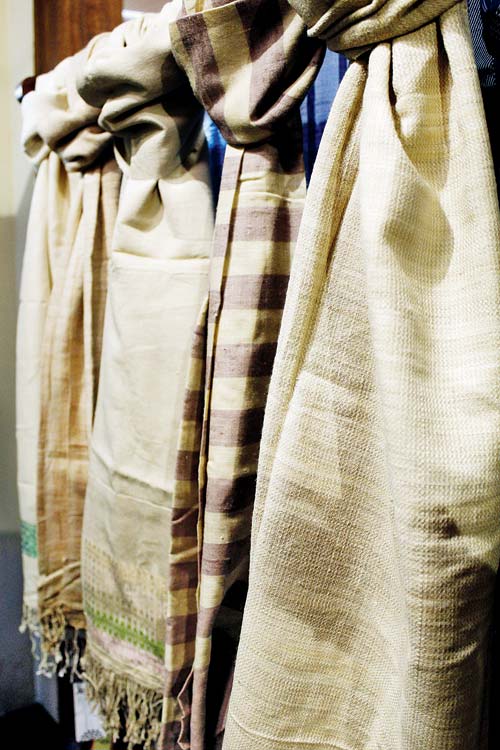
Launched early this year, and touted as the first Naga silk emporium, Orchid Petal conjures up shawls and mekhlas — a traditional Naga drape worn as a sarong — made with 100 per cent pure Naga Silk produced indigenously. “We work with weavers across villages in Nagaland to rear silkworms and their cocoons and out of the cocoons, we make the yarns. We use natural, vegetable dyes to derive yellow, pink, peach and blue colours. The idea is to empower villagers,” says Zachivelu Dolie over disturbance-ridden phonelines from Nagaland.
Cost '2,860 onwards
Nettle on my bag
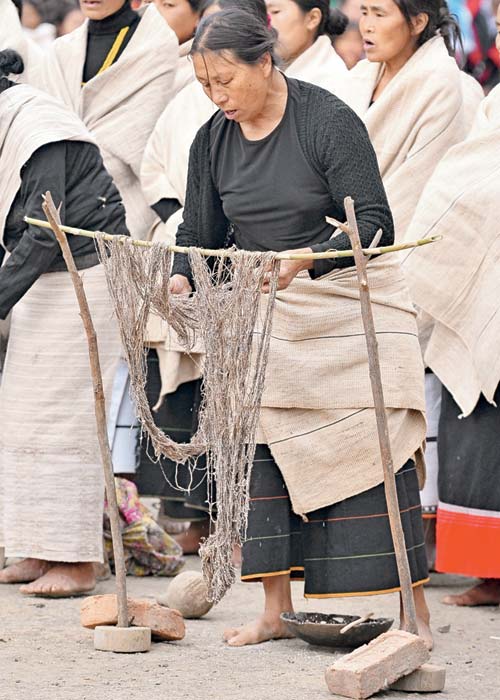
During winters, when it drops beyond five degree Celsius in Leshemi, one of the oldest villages in Nagaland located only 15 kms away from Pfutsero (the highest and the coldest place in the Northeastern state), the locals cover themselves in nettle shawls. The thorny, wild plant, found in the jungles of Nagaland, has been traditionally used to make clothes. To uphold and conserve the tradition, native Zhachüno Medikhrü launched Leshemi Origins, early this year. They will bring down sling bags, shawls and stoles handwoven with nettle and cotton yarn.
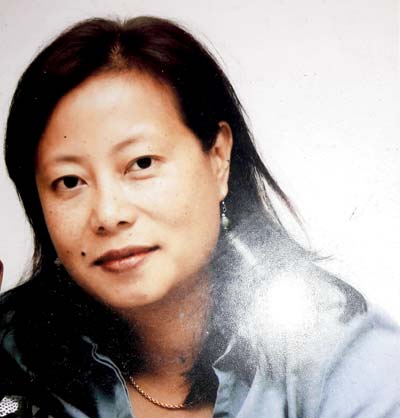
“Making nettle textiles requires dedication,” shares 28-year-old Neipetso Lomi, who assists Medikhrü. The process involves using hand gloves to harvest nettle plants between November and December, carefully scraping the thorns and transforming the nettle stems into balls of thread. “We split the stems into smaller pieces and use traditional tools to spin them into threads. They are soaked in ash-water and later, dyed in sticky rice broth to derive white colour,” says Lomi, who is also a native of the village.
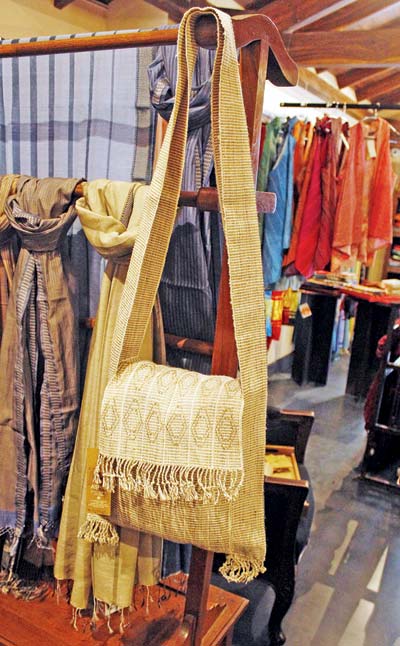
Cost '1,430 (bags)
An indigo splash
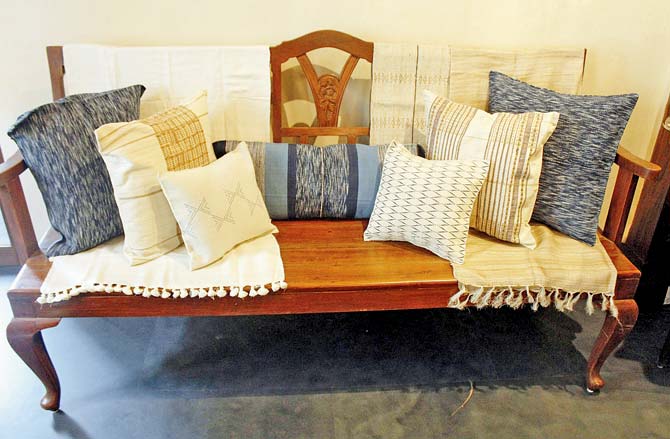
Born and brought up in Kohima, Kevisedenuo Margaret Zinyu migrated to Bengaluru for graduate studies, and later, to Ahmedabad to study at National Institute of Design. Now settled in Pune, the 38-year-old revisited her roots in 2014 to launch Woven Threads, a design initiative that provides a platform and mentors women weavers of Nagaland. Working with 25 women across three clusters in Nagaland — in Kohima, Chesezu and Khezhakeno — she visited the state this April to conduct workshops with the weavers, who use loin-loom to produce a variety of cushion covers, the main offering from the home furnishing label.
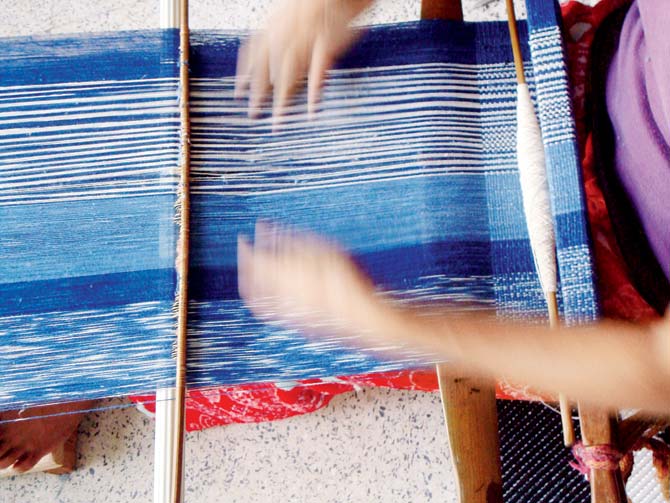
“Initially, the construction was loose because they are not used to weaving cushion covers. They were surprised about their shapes. I taught them how to use a measuring tape because they prefer to estimate the sizes for shawls that they traditionally weave.” she says.

Cost '1,800 onwards (pillow covers)
 Subscribe today by clicking the link and stay updated with the latest news!" Click here!
Subscribe today by clicking the link and stay updated with the latest news!" Click here!







